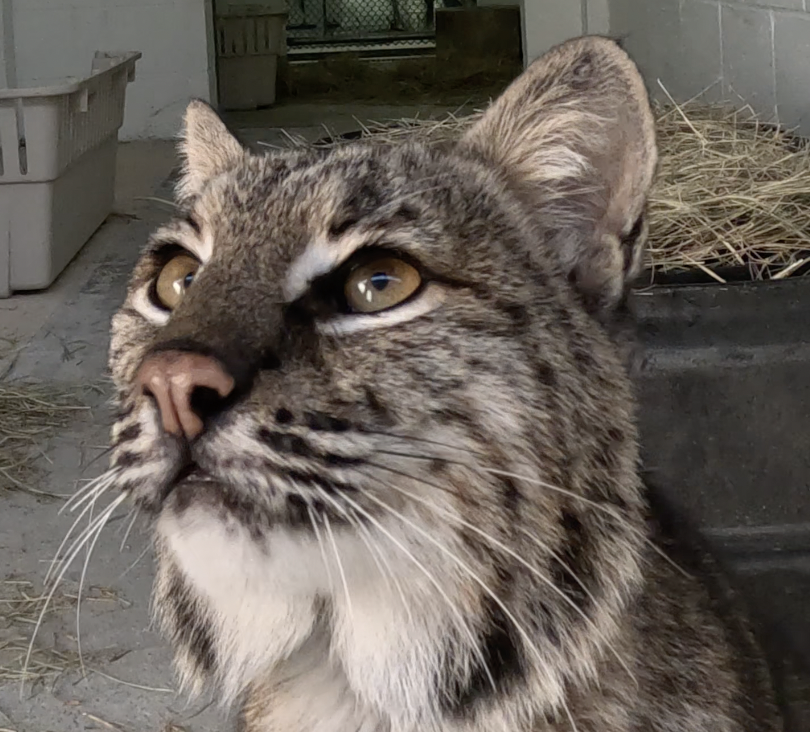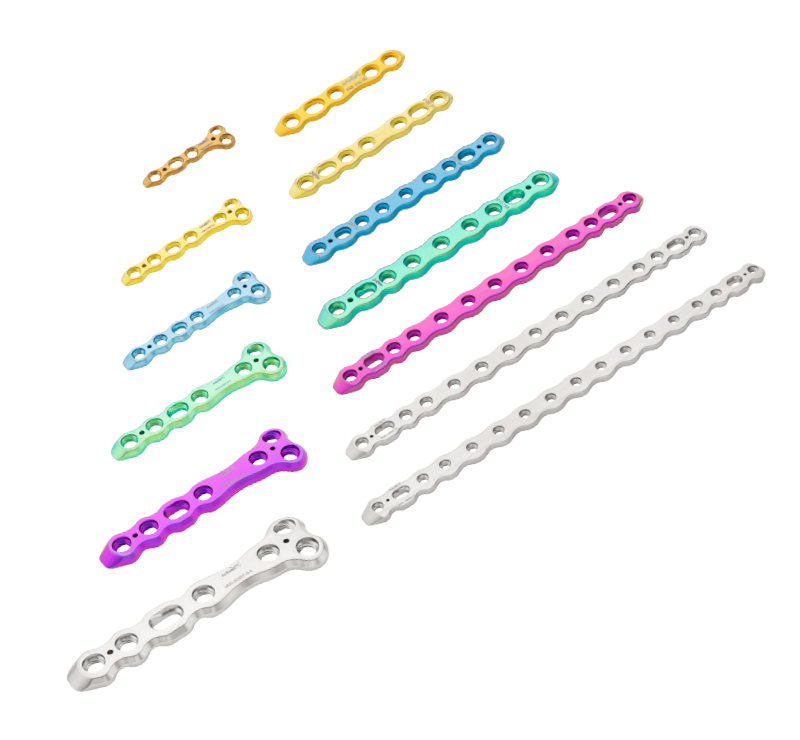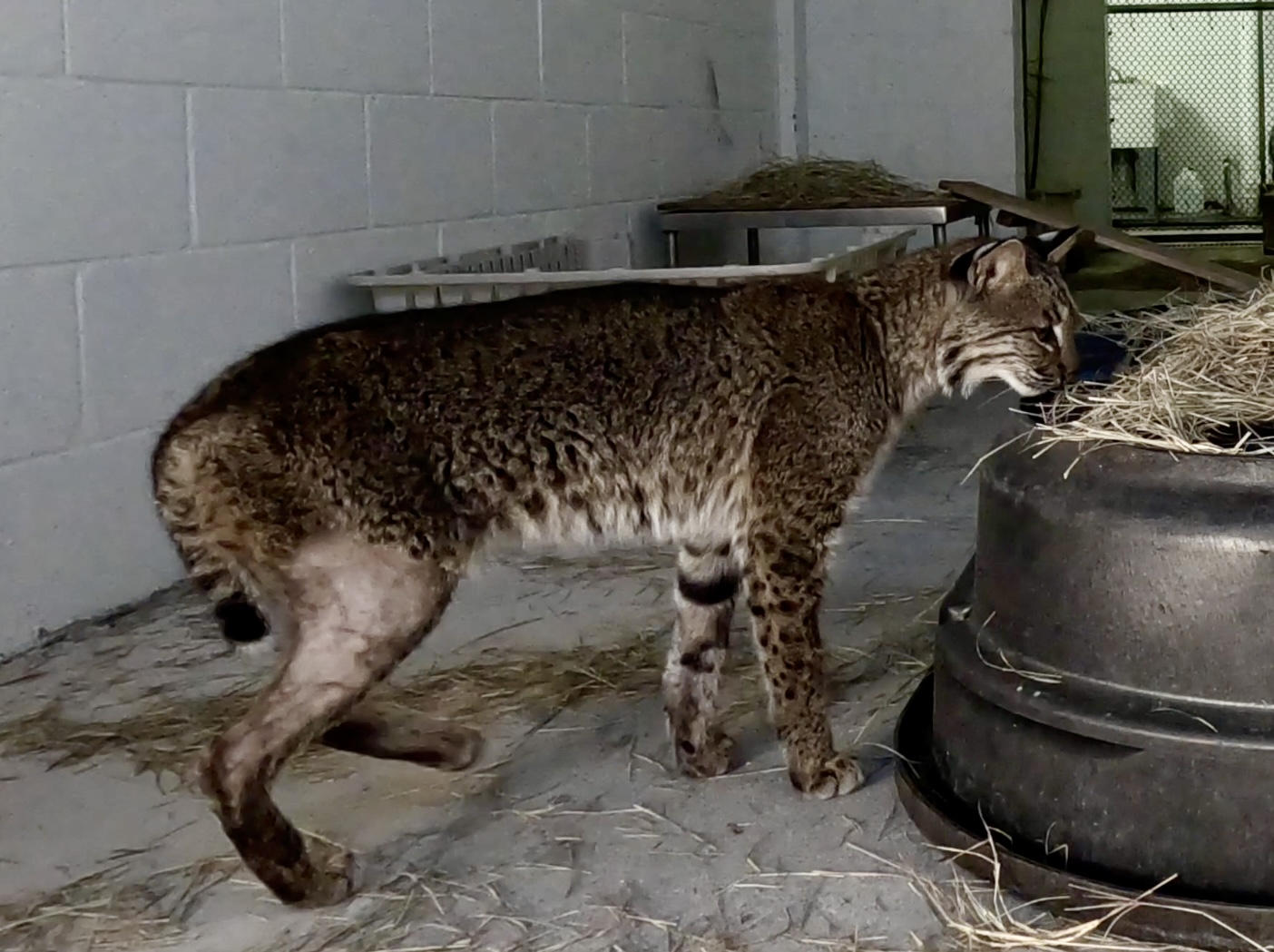


Of all the things that threaten the Florida Panther, the Florida Fish and Wildlife Conservation Commission (FWC) says the most mysterious is an illness with no known cause.
Feline leukomyelopathy (FLM), is a disorder that can strike the two wild cats native to Florida: panthers and bobcats. FLM causes microscopic changes in the brain and spine that results in rear leg weakness and difficulty walking, which can make it difficult or impossible for them to hunt or roam across their home range.
“We don’t know the cause, but we suspect it could be environmental,” said Dave Onorato, PhD, Research Scientist at FWC. “So, we need to continue to track the wild cats in our area to find out why it’s happening.”
FLM was first discovered in Florida in 2017 when a citizen scientist at Corkscrew Swamp Sanctuary took video of a stumbling panther kitten. To date, there have been 75 cases documented in Florida: 31 in panthers and 44 in bobcats.
That’s why the FWC is collecting animals that are found deceased to test for the disorder. They are also systematically capturing live panthers and bobcats to put tracking collars on them.
“We use a tranquilizer dart so we can safely capture them, put on a radio collar and then release them,” Dr. Onorato said. “We are most interested in female cats so we can find their dens. FML often shows up in kittens. We can observe their walking pattern on trail cameras to know if there is a probable case.”
It’s easier and safer to capture bobcats because of their sheer numbers and smaller size. Typically, it’s a seamless process, but in a rare event a few weeks ago, a bobcat caught her leg and fractured it in the course of her capture.
“In 43 years of research by FWC on panthers and bobcats, this is an extremely rare event,” Dr. Onorato said.

FWC’s on-staff veterinarian palpated the injury, put a splint on the sedated bobcat and drove her to a local clinic for X-rays, before taking her to BluePearl Pet Hospital in Fort Myers, Florida for surgery.
“She had a fracture of her tibia bone,” said Christopher Ferrell, DVM, DACVS-SA, at BluePearl, who operated on the bobcat pro bono. “Arthrex donated the fracture plates with locking screws to hold the bone in place.”
 Dr. Ferrell says he would normally use three locking screws, but he could only fit two, based on the location of the fracture.
Dr. Ferrell says he would normally use three locking screws, but he could only fit two, based on the location of the fracture.
“The fracture was down by her ankle, which is a tight space,” he said. “Arthrex offers fracture plates in a wide variety of sizes and the locking screws are ideal to hold the bone in place.”
Arthrex’s OrthoLine™ fracture management system includes 70 plates in sizes ranging from 1.6mm to 3.5mm designed to fit both feline and canine patients, from tiny to giant breeds.
“This system was designed with the veterinarian surgeon in mind with locking plates that include a slide hole to facilitate the best plate placement,” said Arthrex Vet Systems Product Manager. “We were happy to donate the plates for Dr. Ferrell to use in the bobcat. We are happy to be able to help in situations like this.”
Following the surgery, the bobcat was transferred to the Naples Zoo. She is being kept in a safe space and being fed, while having minimal contact with human beings, in the hopes that she can be safely released once she recovers.
“Naples Zoo is privileged to engage in conservation efforts within our community,” said Dr. Kelsie Stovall, Naples Zoo’s Staff Veterinarian. “The Glass Animal Hospital provides essential facilities for quarantine care and follow-up diagnostics for this injured bobcat and other similar conservation cases. We value our relationship with FWC, and we are proud to support their FLM research and commitment to conservation efforts.”
Estimated to be between three and four years old, Dr. Ferrell expects the bobcat to make a full recovery.
“The surgery went very well, and her fibula bone was still intact, so she should heal nicely,” he said. “We will look at her x-rays again in about eight weeks and she should be able to be released back into the wild.”
 Dr. Stovall agrees and says the bobcat is right on track.
Dr. Stovall agrees and says the bobcat is right on track.
“This bobcat is progressing beautifully with gradual access to diverse spaces and structures to build strength back in her leg,” Dr. Stovall said. “She is still actively displaying wild behaviors, making her a great candidate for release in the coming weeks.”
That is great news both for this bobcat and for the FWC’s ongoing efforts to save Florida’s native wild cats.
“This research is crucial to protect the Florida Panther, in particular,” Dr. Onorato said. “We’re grateful for the companies and individuals who help support this important work.”